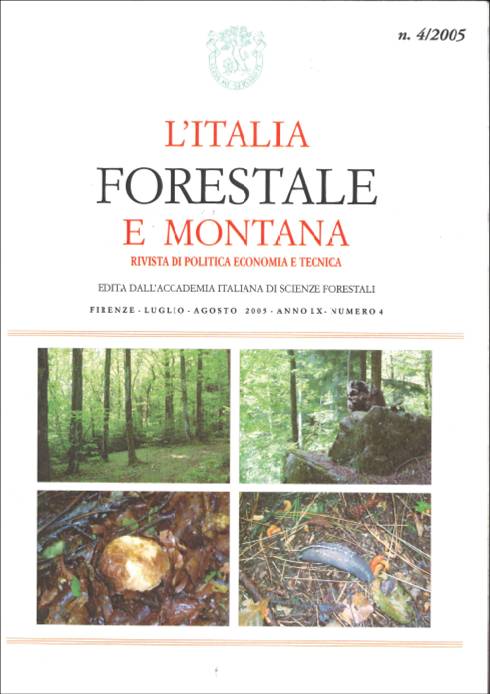Published
2005-08-31
Keywords
- Turkey oak,
- stand structure analysis,
- silviculture
Abstract
Silvicultural treatments ceased completely in the Turkey oak (Quercus cerris L.)high forests of northern Lazio after a long period of intense harvesting. The standstructure of one of this woods was analysed to understand the dynamics under course.The investigation showed that the overlayer is monospecific with a rather lowdiversification of tree size and age, as a consequence of the silvicultural system appliedin the past. In the underlayer, however, advanced regeneration of 11 hardwoodsspecies different than oak were inventoried with variable density and distribution. Asilvicultural treatment is proposed to improve the diversity of stand structure andcomposition. The scope is to increase the capacity of the forest system to react todisturbances, with special reference to oak decline.


